Browse links
US residents can opt out of "sales" of personal data.
Endless fun with things you probably have in your kitchen cupboard already.
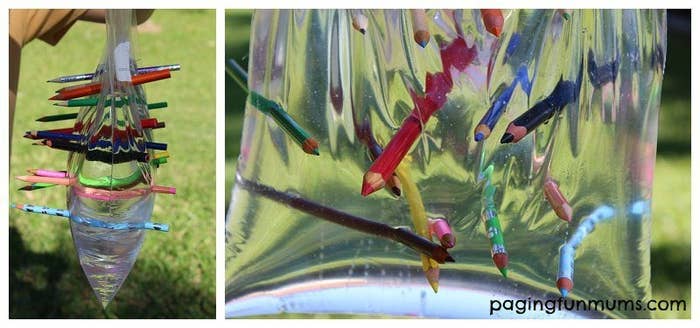
What you need: Sharpened pencils, plastic food bags, water, paper towels (in case of spills), a sink to empty the water out afterwards.
Just fill a bag with water, pierce with pencils, and be amazed. The sharper the pencils, the lower the chance of any leaks. There's no trickery here – just science.

What you need: Bicarbonate of soda, vinegar, a container, a drop of washing up liquid, food colouring (optional).
The secret is to add a little washing up liquid to the vinegar before you mix them together. If you want to re-create this rainbow effect just add different food colourings too!
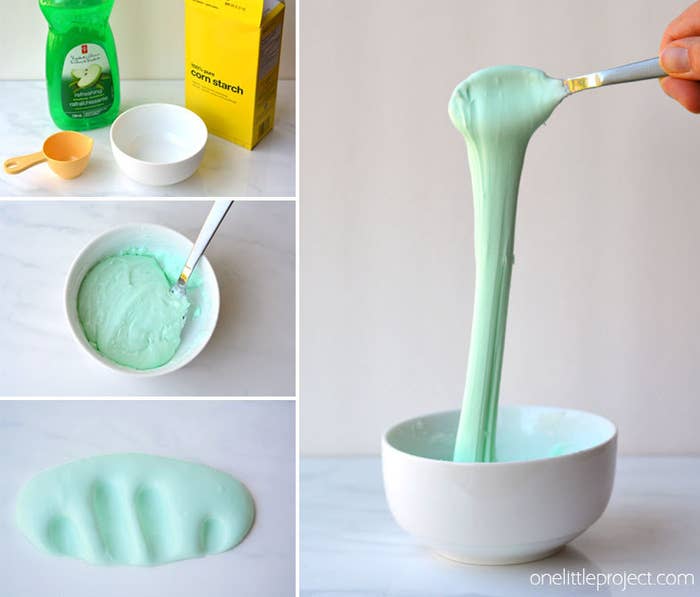
What you need: Washing up liquid, corn starch.
For a twist on the standard kitchen science experiment of adding water to cornstarch, add some dish soap instead. You can experiment by tweaking the ratio of soap to corn starch to get the texture you want.
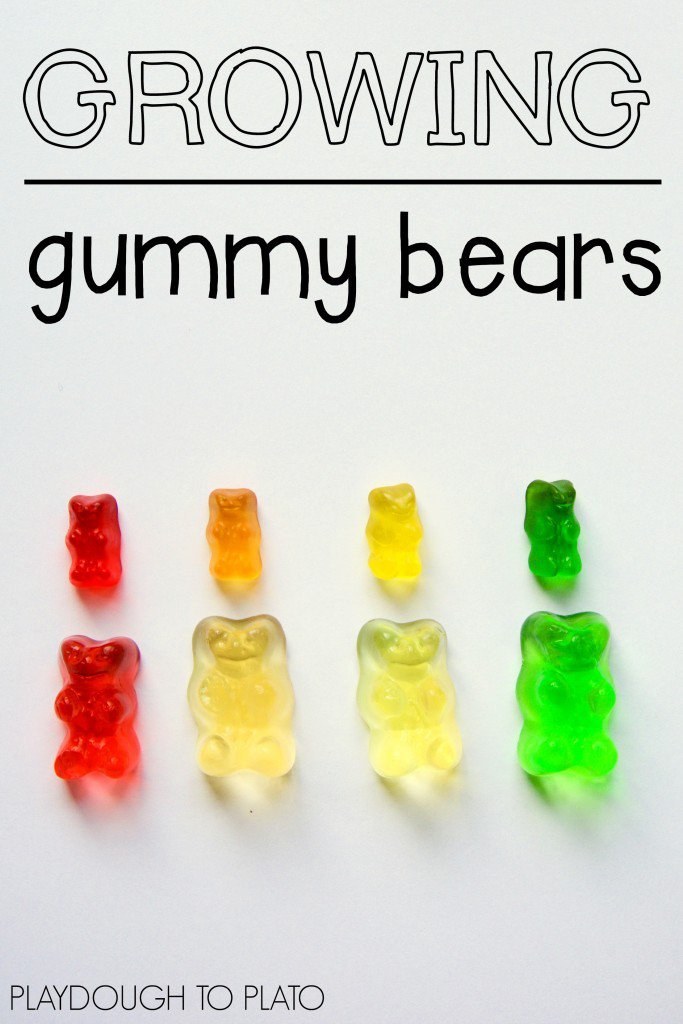
What you need: Water, salt, gummy bears.
Compare how much gummy bears grow when you place them in salt water and plain water. Just make sure you don't eat the salty ones afterwards.
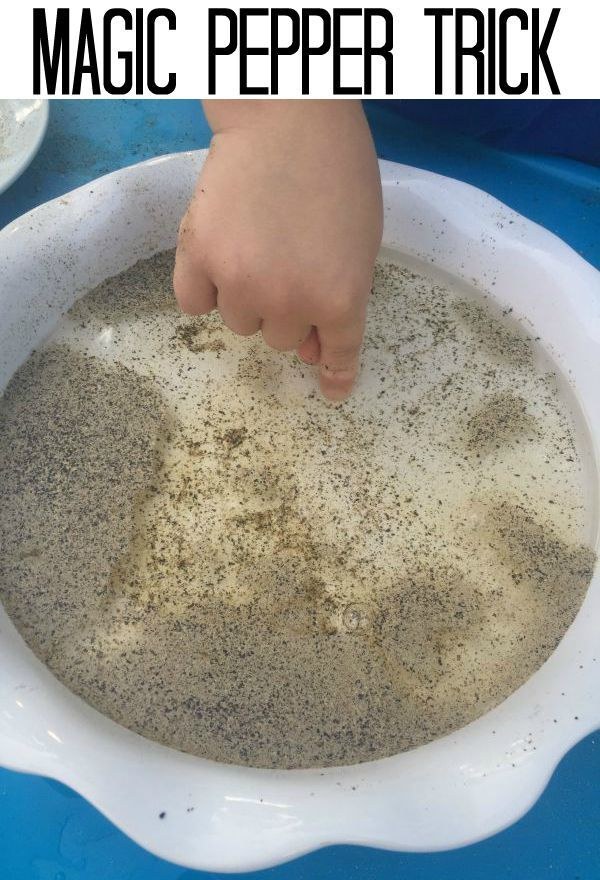
What you need: water, ground pepper, washing up liquid or soap, a bowl.
By adding a tiny bit of soap to the end of your finger, you'll repel the pepper on top of the water away.
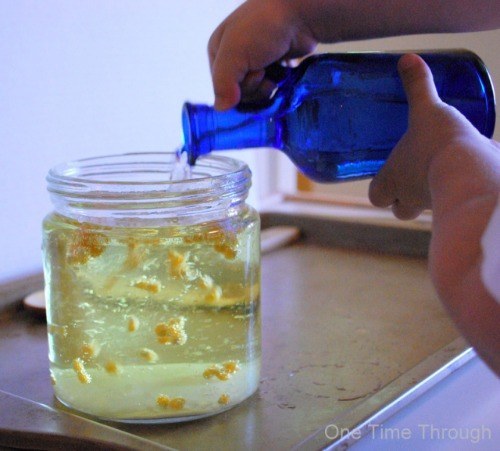
What you need: Popping corn, baking soda, vinegar, water.
The baking soda and vinegar combine in the water to make little bubbles that push the corn around the jar.
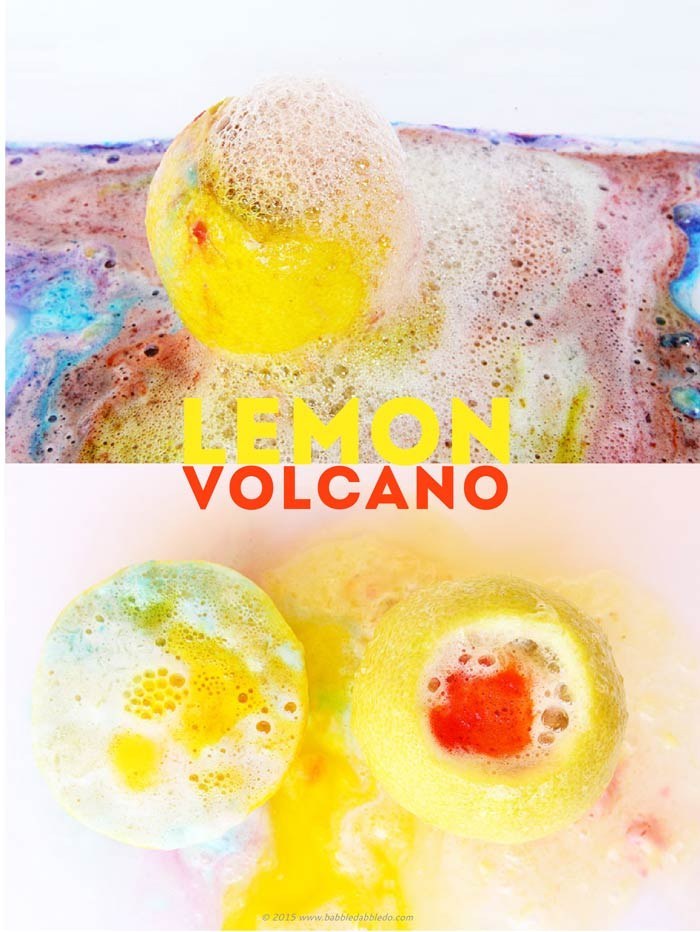
What you need: Lemons, baking soda, liquid watercolours (optional, but pretty).
Lemon volcanoes are a nice (and better smelling!) alternative to vinegar-based baking soda volcanoes. Adding watercolours to the lemon before you add the baking soda makes this a pretty spectacular eruption.
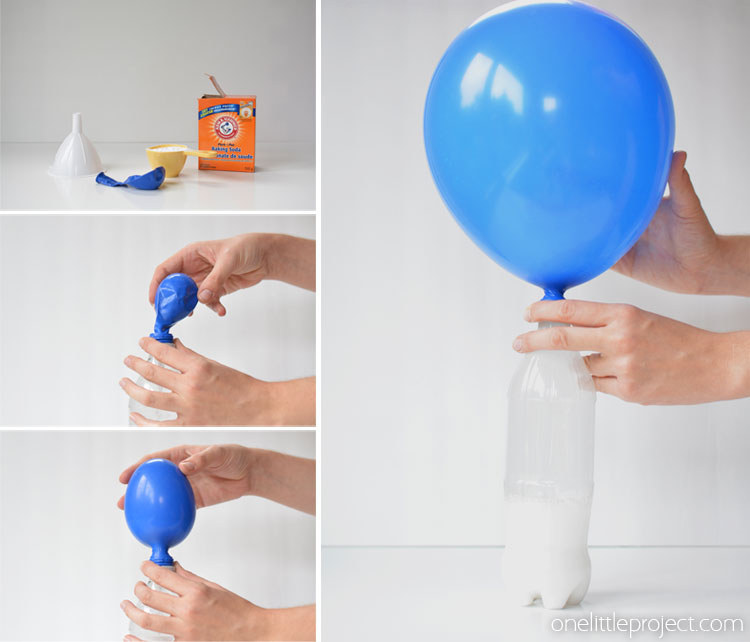
What you need: Baking soda, vinegar, an empty bottle, balloons.
Here's a way to mix baking soda and vinegar that WON'T cause a volcano to erupt all over your kitchen worktop. The balloons will end up full of carbon dioxide, which is heavier than air, so these definitely won't float.
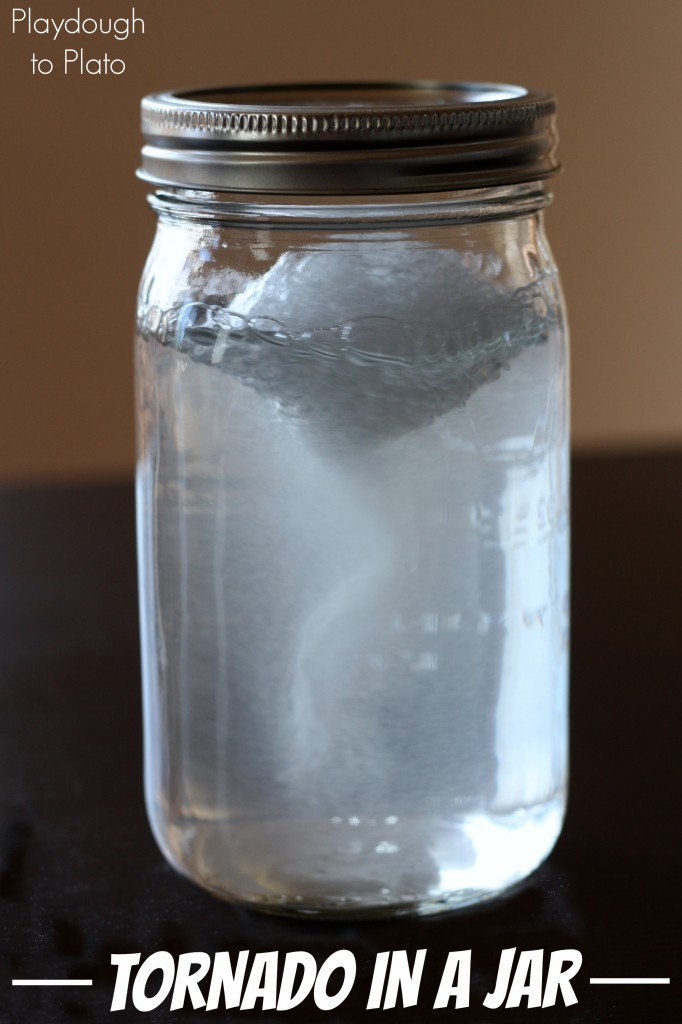
What you need: Water, washing up liquid, vinegar, glitter (optional).
Just pop everything in the jar, give it a swirl, and settle in to watch the swirling vortex you just created. Simple.
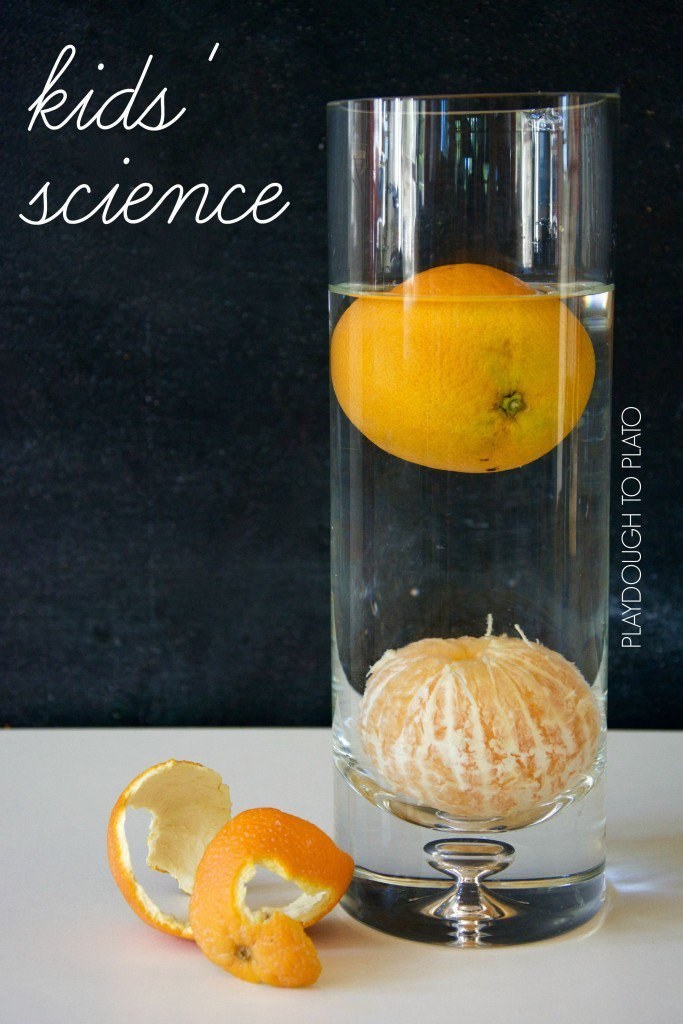
What you need: A tall vase, water, oranges.
Learn about buoyancy and then eat a tasty fruit snack when you're done.

What you need: Empty two-litre bottle, water, sink.
Challenge someone to empty a bottle of water as fast as they can, then show them this trick. You just swirl the bottle to create a vortex, letting air in and water out much more smoothly than just tipping a bottle upside down.
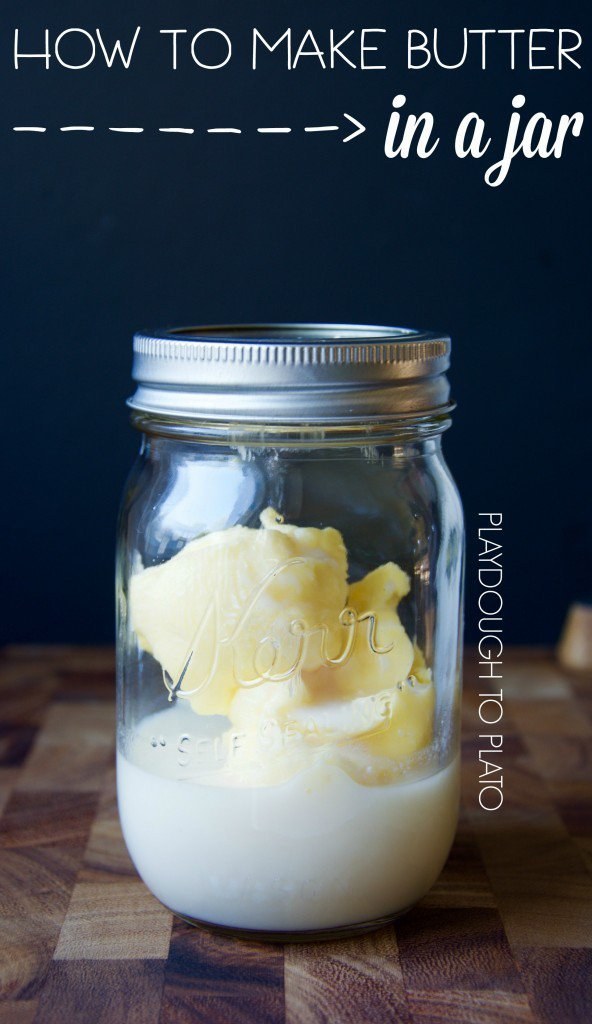
What you need: Double cream, a jar.
This one requires lots of elbow grease, but at least you'll have a tasty end result.
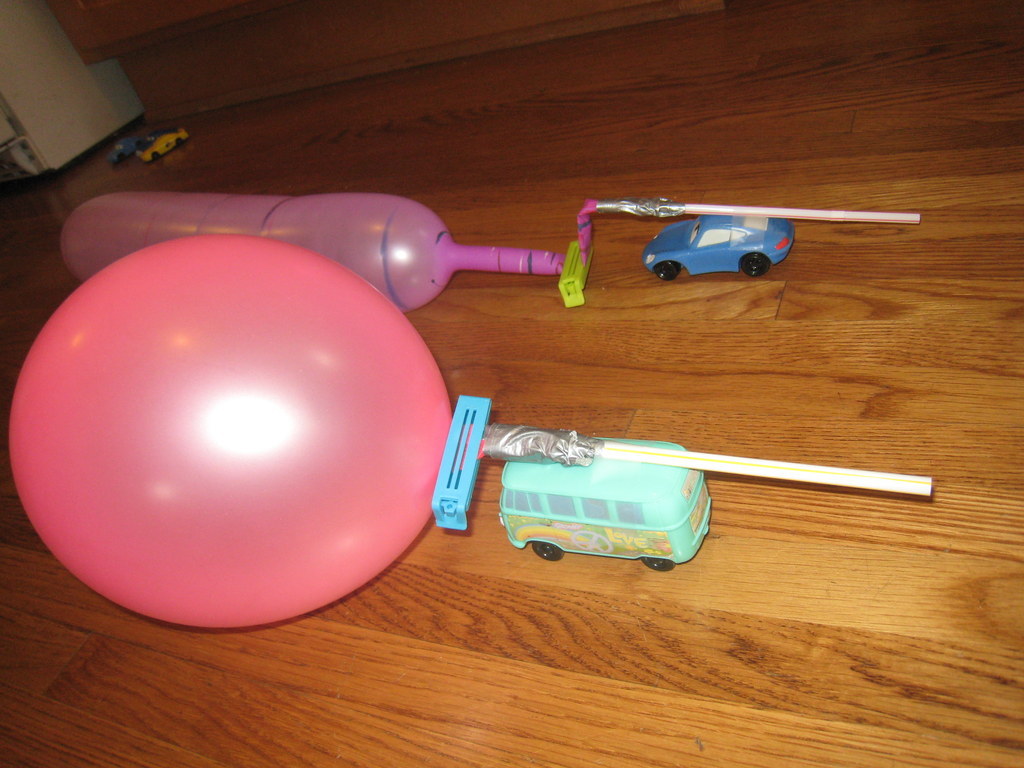
What you need: Toy cars, balloons, straws, pegs, duct tape.
Add an element of competition by racing your balloon-propelled cars.
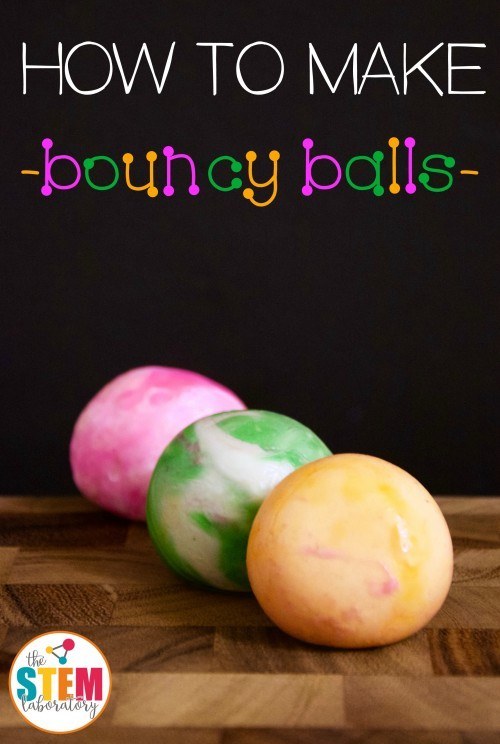
What you need: Borax, warm water, PVA glue, food colouring.
Not quite as bouncy as one you get for 20p out of a machine, but much more fun.
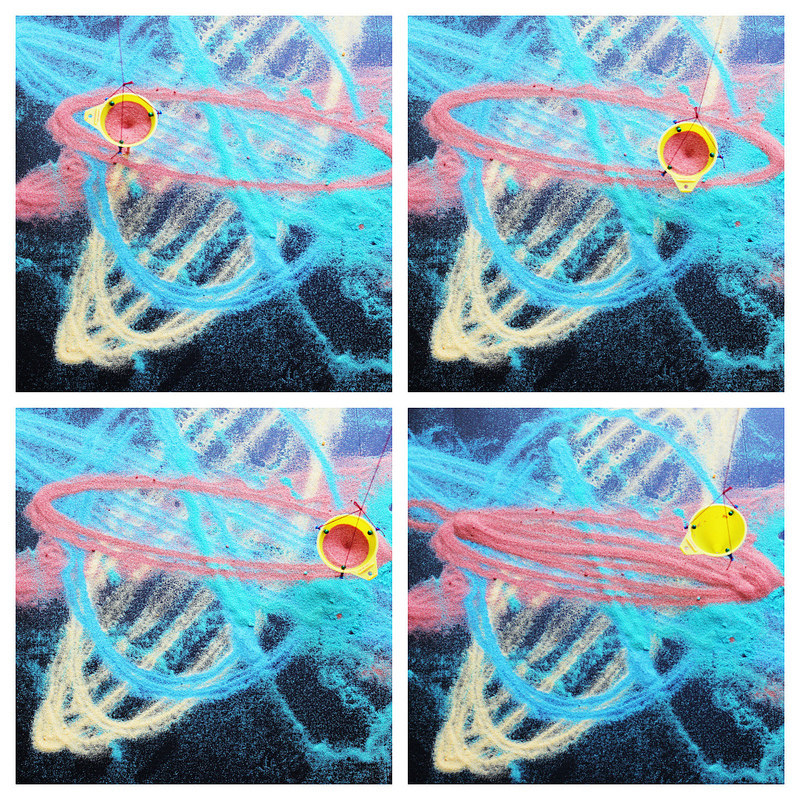
What you need: Salt, a funnel, string, drawing pins, black paper or card (or a table cloth you don't mind getting salty), somewhere to hand the funnel.
This requires a little more setup than some other kitchen science experiments, but the effect is worth it.